Palu, Indonesia, MINA — In the devastation that followed the earthquake and resulting tsunami in the Indonesian city of Palu in Central Sulawesi, many Muslim religious sites were destroyed.
Two mosques, however, survived, with little to no damage to their structure, The Conversation reported.
In a province where 85 percent of the 3 million residents are Muslims, the survival of these particular mosques and not others has started a discussion about the very nature of Islam.
Also Read: Palestine Solidarity Month 2025: AWG and Indonesian Parliament Hold “Solidarity Run for Palestine”
Mosques of Palu
I came to know Palu well while doing fieldwork in Central Sulawesi in 1984 as part of my research on “traditional rituals.” Palu is the administrative and cultural hub for the whole Sulawesi province.
Of the 24 mosques, 20 were severely damaged in the tsunami. The worst hit was the Baiturrahman Mosque, where 300 people were killed during evening prayers.
Also Read: Online Gambling Transactions Drop 57% Following PPATK–Kominfo Crackdown
However, the Alkhairaat Mosque, and the Arkham Babu Rahman Mosque, known locally as the Floating Mosque survived. The Floating Mosque dominated the Palu Beach with its dramatic walkway from the shore to mosque. After the tsunami, the mosque’s access from the shore has been cut off and it is now literally floating in Palu Bay.
Though it is partially submerged, its structure remains intact. Palu residents, commenting on Facebook in the first few days after the tsunami, noted how “it remained miraculously untouched.”
At a time when people are trying to make sense of the death and destruction, the survival of Alkhairaat and Arkham Babu Rahman is seen to be a sign of saintly power and the mercy of Allah. Thousands have turned up to pray at Alkhairaat Mosque and walk reverently past the mosque floating in water.
Also Read: 369 Youth Trained by Religious Affairs Ministry as Peer Educators to Prevent Child Marriage
The mosques that survived
The history of the Floating Mosque is dedicated to the 17th-century founder of Islam in Palu, Datuk Karama. Karama came from the western island of Sumatra and preached Islam to the people of Palu.
The Alkhairaat mosque was erected by a Yemeni merchant Sayyid Idrus Al-Jufri in 1930. Al-Jufri also founded religious schools after discovering upon his arrival that many people did not have basic education. The first school eventually became the Alkhairaat University.
The tombs of Al-Jufri and Datuk Karama are located near their mosques, and people seek spiritual guidance from them. The street where Alkhairaat Mosque is located as well as the airport in Palu have been named after him.
Also Read: Indonesia Ready to Contribute to Gaza Peace Mission
What it means to Palu survivors
In private comments on Facebook’s instant messenger, people have asserted that the Alkhairaat Mosque and the Floating Mosque survived because of the mystical power of the saints who “guard” these mosques.
These comments have revealed tensions between what people refer to as “old Islam” and “reformist Islam.” In Palu, reformist Islam includes beliefs of Salafis and Wahhabis, who want to go back to a purer form of Islam. They see the belief in saints as a “recent” addition to the original Islam that was revealed to Prophet Muhammad in the 7th century A.D.
Also Read: BSP 2025: AWG Sends Team for “1,000 Mountain Climbers for Palestine” Expedition
In fact, during the early 2000s, some of the more radical Wahabi and Salafist sects used extreme, violent methods to convince Central Sulawesians to change their beliefs in the mystical power of saints or “old Islam.”
The educational institutions led by the Alkhairaat Foundation have played a considerable role in fostering the old Islamic beliefs. The foundation runs 43 boarding schools, and 1,700 religious schools across Eastern Indonesia and a large university in Palu. All emphasize tolerance.
However, Saudi funding, starting in the 1990s has promoted Salafi and Wahabi schools. These schools argue that the tolerance taught by Alkhairaat was the “wrong kind of Islam.”“
In 2000, Alkhairaat students at a school in Poso, a port town near the southern coast of Central Sulawesi were targeted by terrorists. The region’s 14 percent minority Christians have also been under attack.
Also Read: Indonesia’s Economy Grows 5.04% in Q3 2025: Statistics Indonesia
Since 2010 there has been no violence, but even as recently as 2016, the Indonesian government has been searching for terrorist cells in the mountain jungles of Central Sulawesi.
Palu’s future
Despite the reformists’ activity, Alkhairaat’s influence in Palu remains strong. As a major philanthropic organization in Palu and beyond, with many graduates of Alkhairaat University serving in government and private sectors, Alkhairaat has helped counter hate rhetoric and actions.
Some of the comments on Facebook reveal survivors’ loyalty to Alkhairaat values. Post-tsunami, however, Alkhairaat’s resources are likely strained, as graduates say in private conversations on Facebook with me.
The question is will this tragedy bring outside funds that once again disturb the internal harmony among Muslims? If so, will Palu sustain its spirit of tolerance? (T/RS5/RS1)
Mi’raj Islamic News Agency (MINA).
Also Read: Indonesian Sets Hajj Travel Schedule, Departures to Begin April 21, 2026





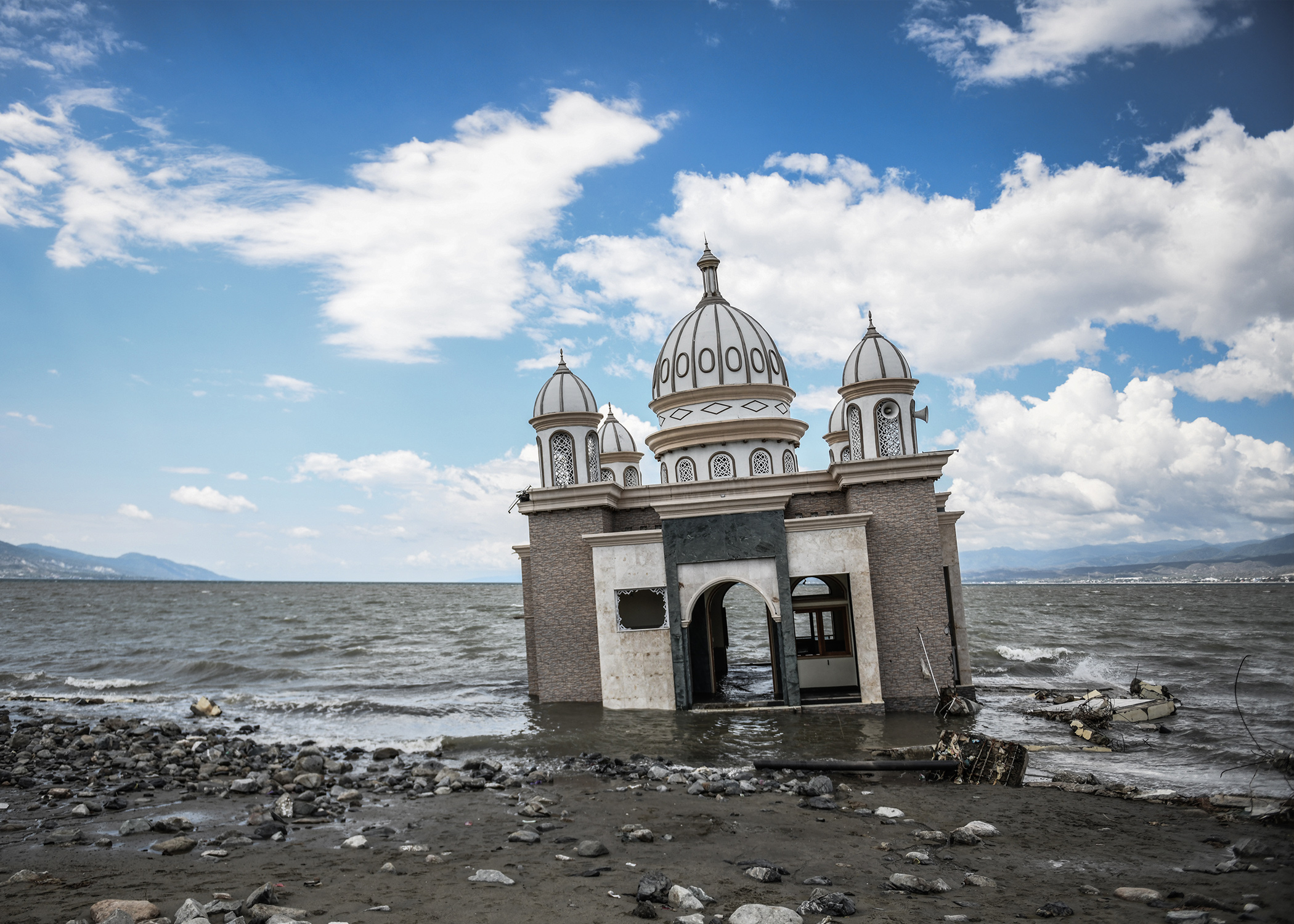

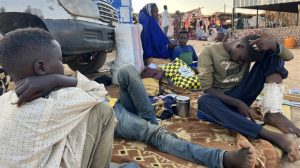
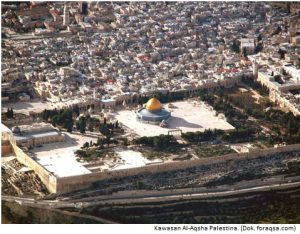
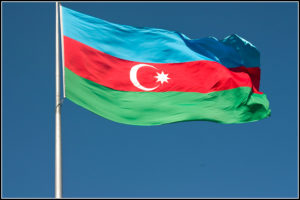
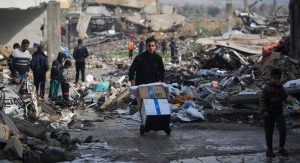


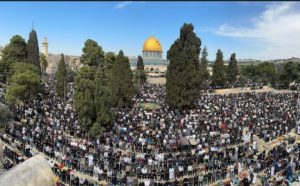
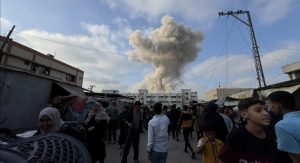
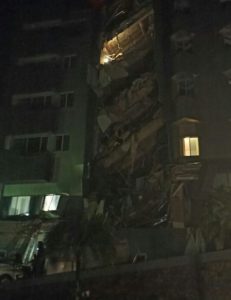
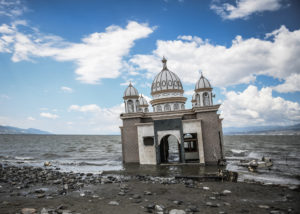
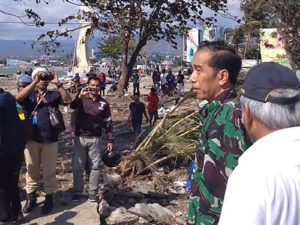





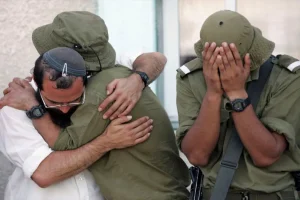



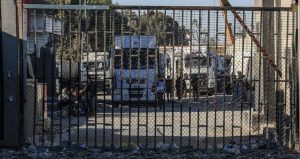
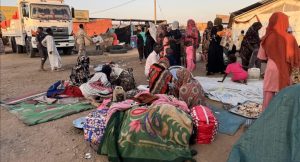
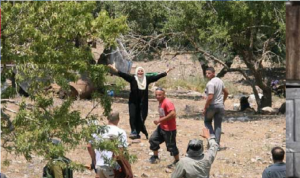



 Mina Indonesia
Mina Indonesia Mina Arabic
Mina Arabic